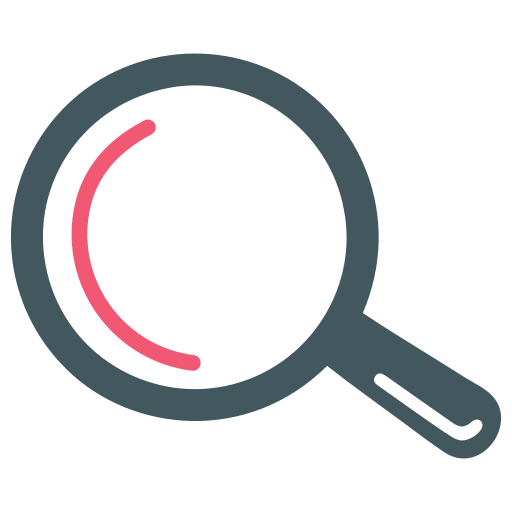
 Customer Support Escalation refers to the process within customer service operations where complex support issues, unresolved problems, or high-priority customer queries are moved up from initial support levels to more specialized and senior staff members or higher tiers of support.
Customer Support Escalation refers to the process within customer service operations where complex support issues, unresolved problems, or high-priority customer queries are moved up from initial support levels to more specialized and senior staff members or higher tiers of support.
This escalation process is a critical component of customer success management, ensuring that customer issues are resolved efficiently and effectively, maintaining customer satisfaction and loyalty.
Typically, customer support escalation involves several levels:
Escalation is not limited to technical support but can also involve management or executive levels if the issue is critical or if the customer is particularly significant to the business.
 Case Study 1: Software Company
Case Study 1: Software Company
A customer of a software company experiences a critical system crash that affects their business operations. After initial troubleshooting by Level 1 support fails to resolve the issue, the problem is escalated to Level 2. Level 2 support identifies a bug in the software that requires a patch, which is then developed by the engineering team at Level 3. The swift escalation ensures minimal downtime and maintains customer trust.
Case Study 2: Telecommunications Provider
A customer reports poor service connectivity. The frontline support team initially suggests standard troubleshooting steps, such as restarting devices and checking network settings. When these steps do not resolve the issue, the case is escalated to Level 2 support, who discover a regional outage affecting several customers, prompting an urgent service repair.
 To effectively implement a customer support escalation process, consider the following best practices:
To effectively implement a customer support escalation process, consider the following best practices:
 For further reading and more detailed information on customer support escalation, refer to the following resources:
For further reading and more detailed information on customer support escalation, refer to the following resources:
These resources provide additional insights into effective escalation practices, helping organizations refine their customer support strategies to enhance overall customer satisfaction.
Customer support escalation refers to the process of transferring a customer's support issue to higher levels of expertise or authority within an organization. This typically occurs when the initial support team is unable to resolve the issue satisfactorily, requiring intervention from more specialized or senior team members.
An issue should be escalated when it is clear that the initial support level does not have the necessary resources, skills, or authority to resolve the customer's problem effectively. Common triggers for escalation include technical complexity, high impact on the customer's business, or a breach of service level agreements (SLAs).
There are typically three levels of customer support escalation:
Properly managed escalation processes ensure that complex or urgent issues are addressed more efficiently and by the appropriate level of expertise, which can significantly improve resolution times and customer satisfaction. It demonstrates to customers that their concerns are taken seriously and handled professionally.
Key best practices in customer support escalation include:
In a world where switching to a potential competitor is just a “click” away, customer experience is the new marketing battlefield. Customers no longer choose a brand and its individual products or services; Instead, they choose the company that gives them the best customer experience.
We already talked about what we can learn from companies with a high NPS in our blog article. There we examined the similarities and special characteristics of companies with a high NPS and reduced the success to the following characteristics:
Discover why Net Promoter Score (NPS) is the ultimate metric for gauging customer loyalty and satisfaction. Learn how to leverage NPS to elevate your customer service and outshine competitors.